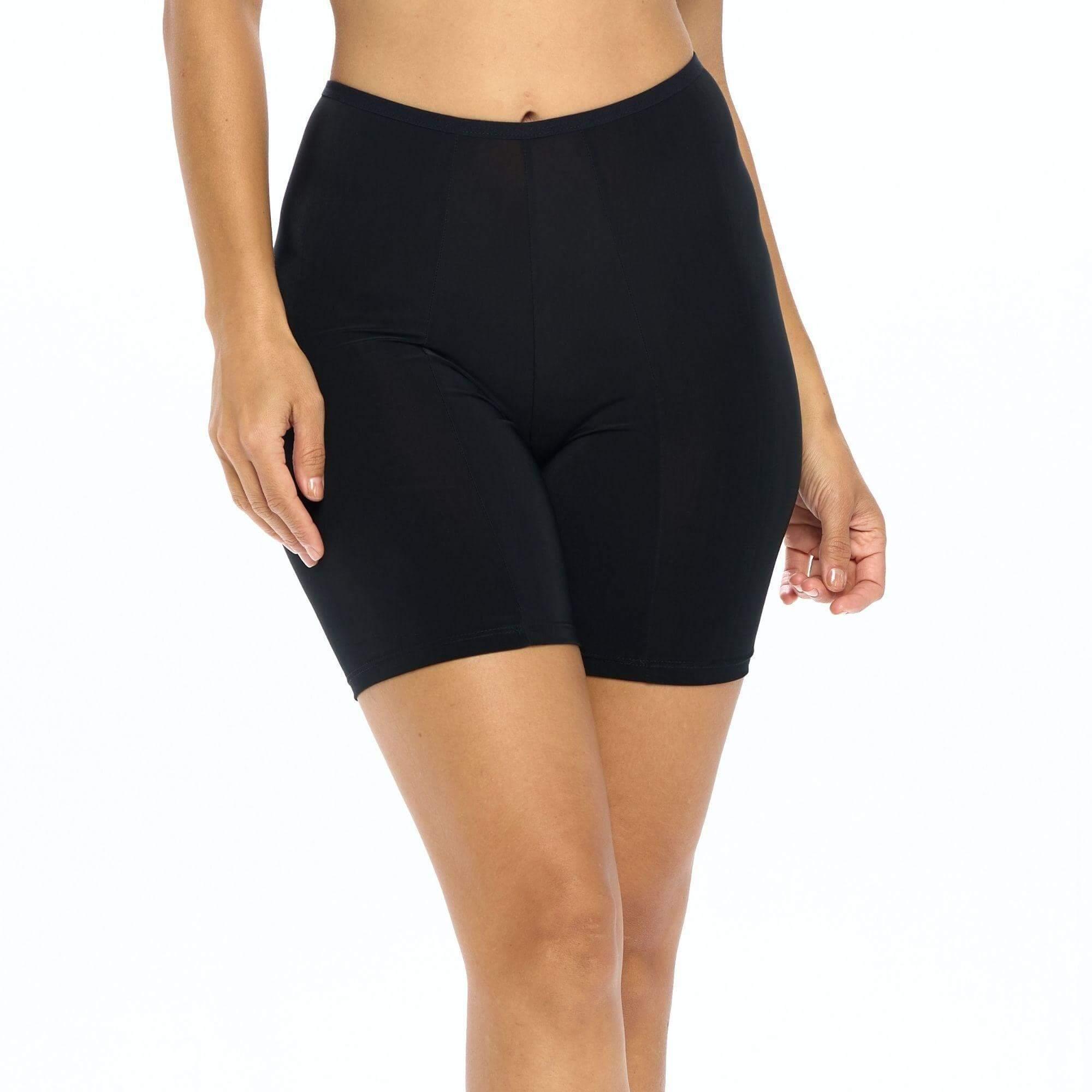From the discomfort of hot summer days to the annoyance of winter’s chill, chafing is an all-too-common problem that no one ever wants to experience. Whether you’re a runner or simply have sensitive skin, chafing can affect anyone at any time. That’s why understanding what it means and how to prevent chafing is essential. This blog post will explore everything about chafing, from causes and symptoms to treatments and tips for prevention.
What is Chafing?
Chafing is a skin irritation caused by friction between surfaces. It occurs when the outer layer of skin cells rub against each other due to constant movement. Common areas for chafing are the inner thighs, armpits, and chest. Symptoms include redness, burning, itching, and soreness.
Causes of Chafing
Here are the common causes of chafing:
- Friction: This is the most common cause of chafing. When the skin rubs against other skin or clothing, it irritates and leads to chafing. Friction can occur during physical activities such as running, walking, or cycling and in everyday situations, such as when wearing tight clothing.
- Moisture: Excess moisture can also lead to chafing. When the skin is wet, it can become more susceptible to friction and irritation. This can occur due to sweating or exposure to water, such as from swimming or other water sports.
- Heat: Hot and humid weather can also increase the risk of chafing, as the skin is more likely to become damp and sweaty. Heat can also cause the skin to become more sensitive, making it more prone to irritation and chafing.
- Skin-to-Skin Contact: Areas of the body where skin touches skin are particularly susceptible to chafing, as there is constant friction and rubbing. This can occur in the inner thighs, underarms, and groin areas.
- Tight Clothing: Wearing tight clothing, such as spandex or compression gear, can also lead to chafing. This is because the tight fabric can rub against the skin and cause irritation, particularly in areas with a lot of movement or sweat, such as the thighs or underarms.
Areas Affected by Chafing

Here are some of the most common areas of the body that are affected by chafing.
- Thighs: Chafing on the inner thighs is common, especially during physical activities such as running or cycling. This is because the skin in this area rubs together, causing irritation and discomfort. The friction can also cause the skin to become red, inflamed, and blistered.
- Underarms: Chafing in the underarm area is often caused by friction from clothing, mainly if the clothing is tight or made of rough materials. This can cause redness, itching, and soreness, making moving the arms uncomfortable.
- Groin: Chafing in the groin area is also common, particularly in men who wear tight-fitting underwear or during activities that involve a lot of movement, such as running or cycling. This can cause discomfort, redness, inflammation, and even painful rashes or blisters.
- Nipples: Chafing of the nipples is common in both men and women, particularly during physical activities that involve a lot of movement, such as running or hiking. This can cause soreness, redness, and even bleeding in some cases.
- Feet: Chafing on the feet can occur due to friction from shoes or socks, particularly during prolonged physical activity such as hiking or running. This can cause blisters, redness, and soreness, making walking or exercising difficult.
How to Prevent Chafing & Tips for Treating It
- Wear Moisture-wicking Clothing: Moisture-wicking clothing is designed to pull sweat away from the skin and help it evaporate quickly, reducing the amount of moisture that builds up on the skin and preventing chafing. Look for clothing made from breathable fabrics such as cotton, polyester, or nylon.
- Apply Anti-Chafing Products: Anti-chafing products, such as creams, balms, and powders, can help reduce friction and prevent chafing. These products usually contain ingredients such as petroleum jelly, lanolin, or zinc oxide, which create a protective barrier on the skin and reduce friction.
- Keep Skin Dry: Keeping the skin dry can help prevent chafing, especially in areas that are prone to sweating, such as the groin and underarms. Take breaks from physical activity to dry off with a towel or change into dry clothing if necessary.
- Avoid Tight Clothing: Tight clothing can increase friction and exacerbate chafing. Choose clothing that fits well and does not rub against the skin, especially during physical activity.
Treatment for Chafing
- Clean and Dry the Affected Area: The first step in treating chafing is to clean the affected area with mild soap and warm water and pat it dry with a clean towel. This will help remove any dirt or debris accumulated in the area and prevent further irritation.
- Apply Soothing Creams or Ointments: Soothing creams or ointments can help relieve the discomfort associated with chafing and promote healing. Look for products containing ingredients such as aloe vera, calendula, or chamomile, known for their anti-inflammatory and soothing properties.
- Avoid Scratching: Although scratching the affected area is tempting, it can further irritate the skin and prolong the healing process. Instead, try using a cool compress, soothing cream, or ointment to help alleviate itching or burning sensations.
- Keep the Area Cool and Dry: Keeping the affected area cool and dry can help promote healing and prevent further irritation. Avoid tight clothing that may rub against the skin, and stay in a relaxed, dry environment as much as possible.
- Seek Medical Attention for Severe Cases: In rare cases, chafing can cause more serious symptoms such as bleeding, open sores, or signs of infection such as pus or fever. If you experience these symptoms, seek medical attention immediately to prevent further complications.
Conclusion
To prevent the painful and uncomfortable experience of chafing, take preventive measures and follow some simple tips. Wear breathable fabrics with moisture-wicking properties, avoid tight clothing that rubs against your skin, and apply a protective layer of baby powder. Additionally, consider using anti-chafing products to safeguard your skin from further irritation. With these simple steps, you can prevent chafing and enjoy your day without any discomfort.
Undersummers’ collection of slip shorts is a great way to prevent chafing and keep you comfortable all day long. The lightweight and breathable fabric of our slip shorts protects your skin from friction and irritation caused by constant rubbing and offers moisture-wicking technology that helps to keep you cool and dry in warmer weather. They are available in various lengths, styles, and colors, making them perfect for all occasions. With Undersummers' slip shorts, you can say goodbye to uncomfortable chafing and hello to confident, worry-free wear.









